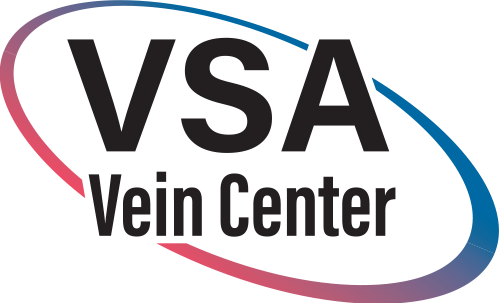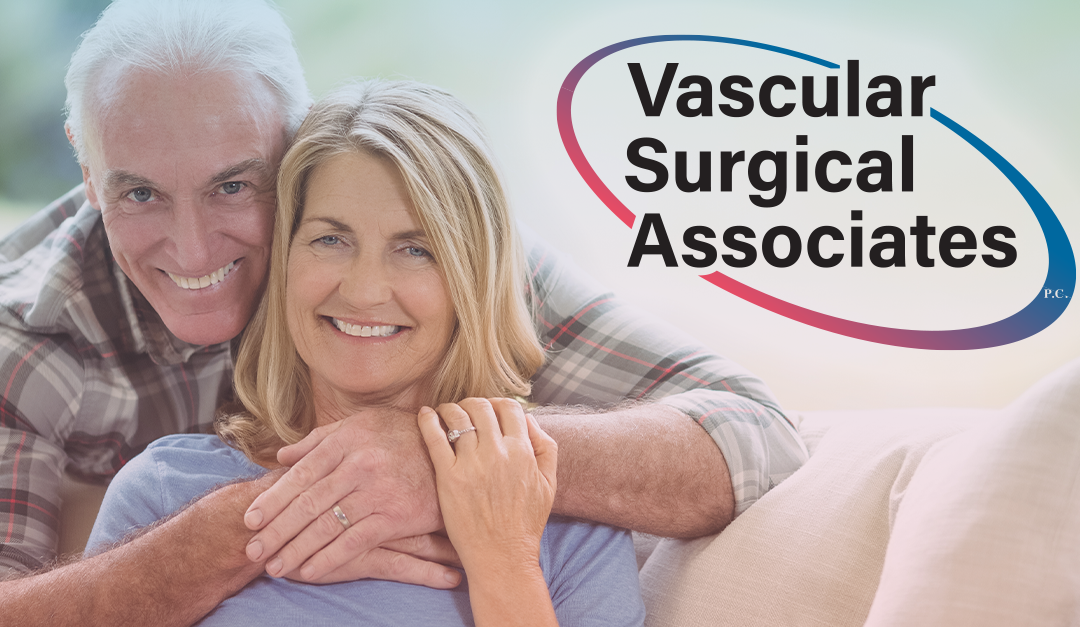Are your legs hurting to the point you need to elevate them? You are not alone. What are bulging veins? What causes bulging veins? What treatments are available for bulging veins? The following information will address these questions.
What Are Bulging Varicose Veins?
Mostly located in the legs, bulging veins may cause intense pain. Many times, they are symptoms of varying medical conditions, such as the following:
- Pregnancy
- Thrombophlebitis
- Advanced age
Veins begin to bulge when their valves cease working correctly, and the blood starts to pool, thus causing the veins to swell.
What Are Some Causes and Symptoms of Bulging Veins?
This article indicated above that older age, pregnancy, and thrombophlebitis are a few conditions that can cause bulging veins, but there are other symptoms that can point to varicose veins:
- Pain after standing or sitting for extended periods of time
- Blue or dark purple veins
- Legs that feel heavy
- Swelling in the lower legs
Bulging veins may also be a by-product of a blood clot, long-term inactivity, tumor, or an infection. Some of these causes are potentially life-threatening, so check with your medical doctor.
Are There Treatments for Bulging Veins?
There is a myriad of treatments to relieve patients of their sometimes-painful bulging veins. Before physicians schedule surgical procedures for bulging veins, they will prescribe lifestyle changes as a first treatment option. Some of those changes are as follows:
- Lose weight if obesity is an issue.
- Regular exercise in order to keep the blood flowing through the veins.
- Avoid sitting or standing for extended periods of time.
- Avoid overly tight clothing
Other treatments may include the following:
- Radiofrequency Closure
- Endovenous Laser Treatment
- Venaseal
- Ambulatory micro-phlebectomy
- Compression stockings
If you have bulging veins and wonder what course of treatment is right for you, make an appointment to speak with your physician today.





